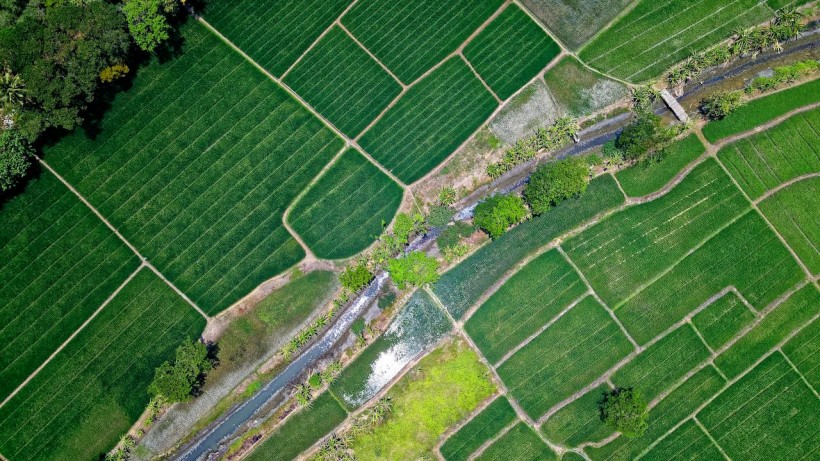Large-scale sensor networks have been realized in applications such as environmental monitoring and smart cities. However, there are still some limitations that hold back their widespread adoption. One is the challenge of supplying them with power since logistical issues and environmental concerns arise when hundreds or thousands of devices over a large geographical area are powered.

Challenges in Precision Agriculture
Precision agriculture is a technology-driven approach recently used by farmers worldwide to improve crop yields. It relies on measuring precise levels of nutrients, moisture, and soil contaminants to make decisions about crop health.
Such technology requires a widespread, dispersed network of electronic devices to collect environmental data continuously. Putting a sensor out in the wild will require a battery or solar energy.
One challenge farmers face is that solar panels do not work well in dirty environments, especially when they are covered with dirt. They also do not work when the sun is not out and could take up a lot of space. Meanwhile, batteries are also challenging because they run out of power.
READ ALSO: New Organic Farming Approach Developed with Nanofertilizers for Better Crop Yield
Dirt-Powered Fuel Cell
At Northwestern University, a group of experts has developed a novel fuel cell that can harvest energy from microbes that live in the dirt. Their research design is described in the paper "Soil-Powered Computing: The Engineer's Guide to Practical Soil Microbial Fuel Cell Design."
The new device, about the size of a standard paperback book, relies solely on soil-powered technology. It harnesses special microbes to break down soil and uses that low amount of energy to power sensors. The underground sensors can then be used in precision agriculture and green infrastructure.
This innovation has the potential to provide a sustainable, renewable alternative to batteries, which contain toxic, flammable chemicals that could leach to the ground. Conventional batteries are also fraught with supply chains filled with conflicts, contributing to the ever-growing electronic waste problem.
The fuel cell can potentially last forever as long as organic carbon is in the soil for the microbes to break down. Since they live in soil everywhere, very simple engineered systems can be used to capture their energy. Experts may be unable to power entire cities with this technology, but they can charge minute amounts of energy to fuel low-power applications.
To test the effectiveness of the new fuel cell, the researchers used it in powering sensors that detect touch and measure soil moisture. These capabilities can be precious in tracking passing animals. The soil-powered sensor was also equipped with a small antenna to send data to a nearby base station by reflecting existing radio frequency signals to allow wireless communications. The fuel cell works in both wet and dry conditions and generates power that can outlast similar technologies by 120%.
The number of devices in the Internet of Things constantly grows. Suppose trillions of these devices are made in the future. In that case, manufacturers cannot build every one out of lithium, heavy metals, and toxins that are dangerous to the environment. There must be alternatives that can provide low amounts of energy to power decentralized networks of devices.
RELATED ARTICLE: Agriculture Has Adverse Impact On Wild Resources: Irresponsible Use Of Pesticides, Herbicides & Synthetic Fertilizers Blamed
Check out more news and information on Agriculture in Science Times.














